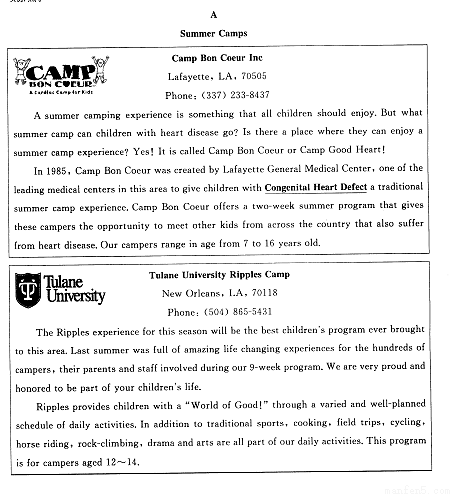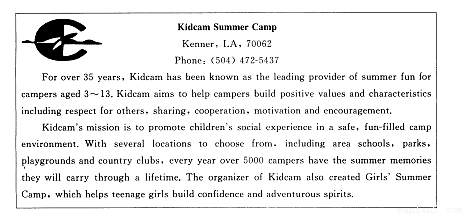题目内容
Directions: Complete the following passage by using the words in the box. Each word can only be used once. Note that there is one word more than you need.
A. alert B. classify C. commit D. delicately E. gentle F. impose
G. labels H. moderation I. relieve J. signals K. simply
Let's say you've decided you want to eat more healthfully. However, you don't have time to carefully plan menus for meals or read food __1.__ at the supermarket. Since you really__2.__ yourself to a healthier lifestyle, a little help would come in handy, wouldn't it? This is where a "choice architect" can help__3.__some of the burden of doing it all yourself. Choice architects are people who organize the contexts in which customers make decisions. For example, the person who decides the layout of your local supermarket-including which shelf the peanut butter goes on, and how the oranges are piled up—is a choice architect.
Governments don't have to__4.__healthier lifestyles through laws for example, smoking bans. Rather, if given an environment created by a choice architect-one that encourages us to choose what is best-we will do the right things. In other words, there will be designs that gently push customers toward making healthier choices, without removing freedom of choice. This idea combines freedom to choose with__5.__hints from choice architects, who aim to help people live longer, healthier, and happier lives.
The British and Swedish governments have introduced a so-called "traffic light system" to __6.__foods as healthy or unhealthy. This means that customers can see at a glance how much fat, sugar, and salt each product contains__7.__by looking at the lights on the package. A green light __8.__that the amounts of the three nutrients are healthy; yellow indicates that the customer should be__9.__; and red means that the food is high in at least one of the three nutrients and should be eaten in __10.__. The customer is given important health information, but is still free to decide what to choose.
1.G
2.C
3.I
4.F
5.E
6.B
7.K
8.J
9.A
10.H
【解析】
试题分析:文章介绍人们都希望有健康的生活方式和饮食,但是没有时间计划,这里介绍了两种方法,一种是“choice architect”,还有一种是“交通灯系统”。
1.
2.
3.
4.
5.
6.
7.
8.
9.
10.
考点:考查健康类短文

 han ten years in prison. Twenty four years later. only long after they had all died, were all of them 10. (final) pardoned.
han ten years in prison. Twenty four years later. only long after they had all died, were all of them 10. (final) pardoned.
